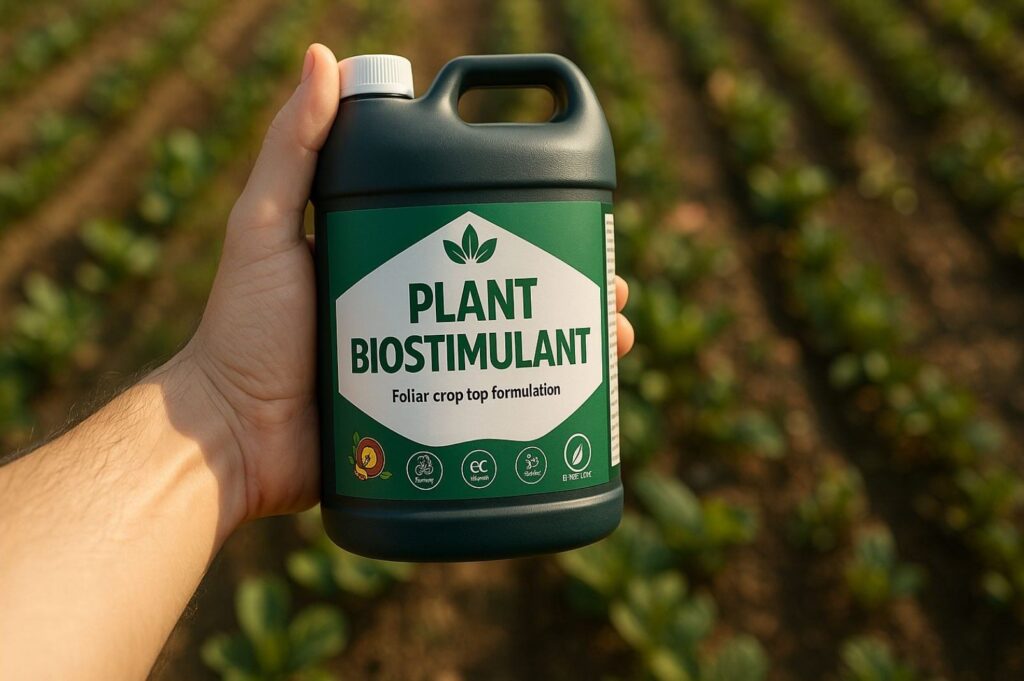The (EC) No 1272/2008 Regulation, known as CLP (Classification, Labelling and Packaging), is the European regulation governing the classification, labelling and packaging of chemical substances and mixtures. Its main objective is to ensure that the hazards associated with chemicals are communicated in a clear and homogeneous manner throughout the European Union (EU), thereby protecting human health, safety and the environment.
This regulation is based on the United Nations Globally Harmonised System (GHS). This international system facilitates the safe trade of chemicals and provides common classification and labelling criteria at global level.
The CLP affects manufacturers, importers, distributors and intermediate users of chemical substances and mixtures within the EU. However, there are some exceptions, for example, this regulation does not apply to:
- Pharmaceuticals
- Cosmetics
- Food and animal feed
- Radioactive substances
- Waste regulated by the waste legislation
If a company produces, imports or distributes chemical products, it is essential that the company is aware of what this regulation is about. In case the company meets the requirements that dictate that it must apply the CLP, it must obligatorily comply with the following requirements.
Hazard classification
The first step of this regulation is to classify substances or mixtures according to the hazards they present. Three main groups of hazards are defined, which are:
- Physical hazards: Includes properties such as flammability, explosiveness, pressurised gases or oxidising properties.
- Health hazards: Including toxicity, carcinogenicity, skin irritation, eye damage and reproductive effects.
- Environmental hazards: Products that may be toxic to the aquatic environment or damage the ozone layer.
Labelling
Once the product has been classified, the CLP requires substances and mixtures to be properly labelled before they are placed on the market. These labels must include the following points:
- Hazard pictograms to alert with the image about the type of hazard.
- Warning words such as ‘Danger’ or ‘Caution’, depending on the severity.
- Hazard phrases (H) describing the specific harmful effects.
- Precautionary statements (P) recommending preventive and response measures in case of an incident.
- Product identification such as name, ingredients or registration number.
- Supplier details so that you can find out who manufactures or distributes the product. Name, address and contact details are required.
Clear labelling allows anyone, from an operator to an end consumer, to understand at a glance what risks are involved and how to handle the product safely.
Packaging
The CLP also establishes criteria for safe packaging. The aim of packaging is to prevent leakage, misidentification and mishandling. This is why this regulation establishes certain key points for labelling, for example, that packaging must be strong and securely closed. It also specifies that packaging must avoid confusion with other food or drink packaging. Some hazardous products even require safety closures or embossed markings for the visually impaired.
Each actor in the supply chain has specific responsibilities under the CLP Regulation.
- Manufacturers and importers: Classify, label and package correctly before selling the product. Classification must also be notified to the European Chemicals Agency (ECHA).
- Distributors: Ensure that the substances and mixtures they sell complies with the correct labelling and packaging.
- Intermediate users: Apply safety measures in their processes and comply with the information in the Safety Data Sheets (SDS).
- If a product releases hazardous substances, they must report and comply with REACH.
Amendments to the CLP Regulation
It is essential to note that Regulation (EU) 2024/2865, published on 20 November 2024, introduces key amendments to the CLP Regulation. This new regulation incorporates new hazard classes (such as endocrine disrupters or persistent and bioaccumulative substances), establishes stricter criteria for labelling (including minimum font size, legibility and use of digital or fold-out labels), and strengthens notification and communication obligations for distributors and online sales.
It entered into force on 9 December 2024, and several of its provisions will be mandatory from 1 July 2026 and 1 January 2027. Companies need to anticipate and adapt their processes to ensure compliance with these new requirements.
Connection with the REACH regulation
The CLP regulation and the REACH regulation go hand in hand. While REACH (Regulation 1907/2006) regulates the registration, evaluation, authorisation and restriction of chemicals, CLP focuses on the classification, labelling and packaging of products. The information obtained under CLP is included in SDSs, which are mandatory under REACH.
CLP is a constantly evolving regulation. Whenever the United Nations GHS is updated or there are scientific developments, the EU publishes an Adaptation of Technical Progress (ATP). This adaptation introduces new changes that companies must implement.
Complying with CLP is not only a legal obligation, but also a guarantee of safety for workers, customers and the environment. It also allows companies to participate in an increasingly regulated global market by offering safe and well-identified products.
Our services
At Sun Chemicals Services we understand that compliance with regulations can be complex due to their constant evolution. That is why we provide our clients with a specialised team that offers personalised technical and regulatory advice, both in the field of CLP and REACH as well as other European regulations.
Our aim is to help companies to correctly classify their substances/mixtures, to prepare and revise labels and SDSs according to the legislation in force, to notify ECHA when necessary, etc.
In short, we accompany our customers every step of the way to ensure that their products comply with European legislation in a safe, efficient and hassle-free manner.
June 2025
Sun Chemicals Services Team
#Fertilisers #Biostimulants #CLP #REACH #EuropeanRegulations #2019/1009 #1272/2008 #1907/2006 #Registrations


